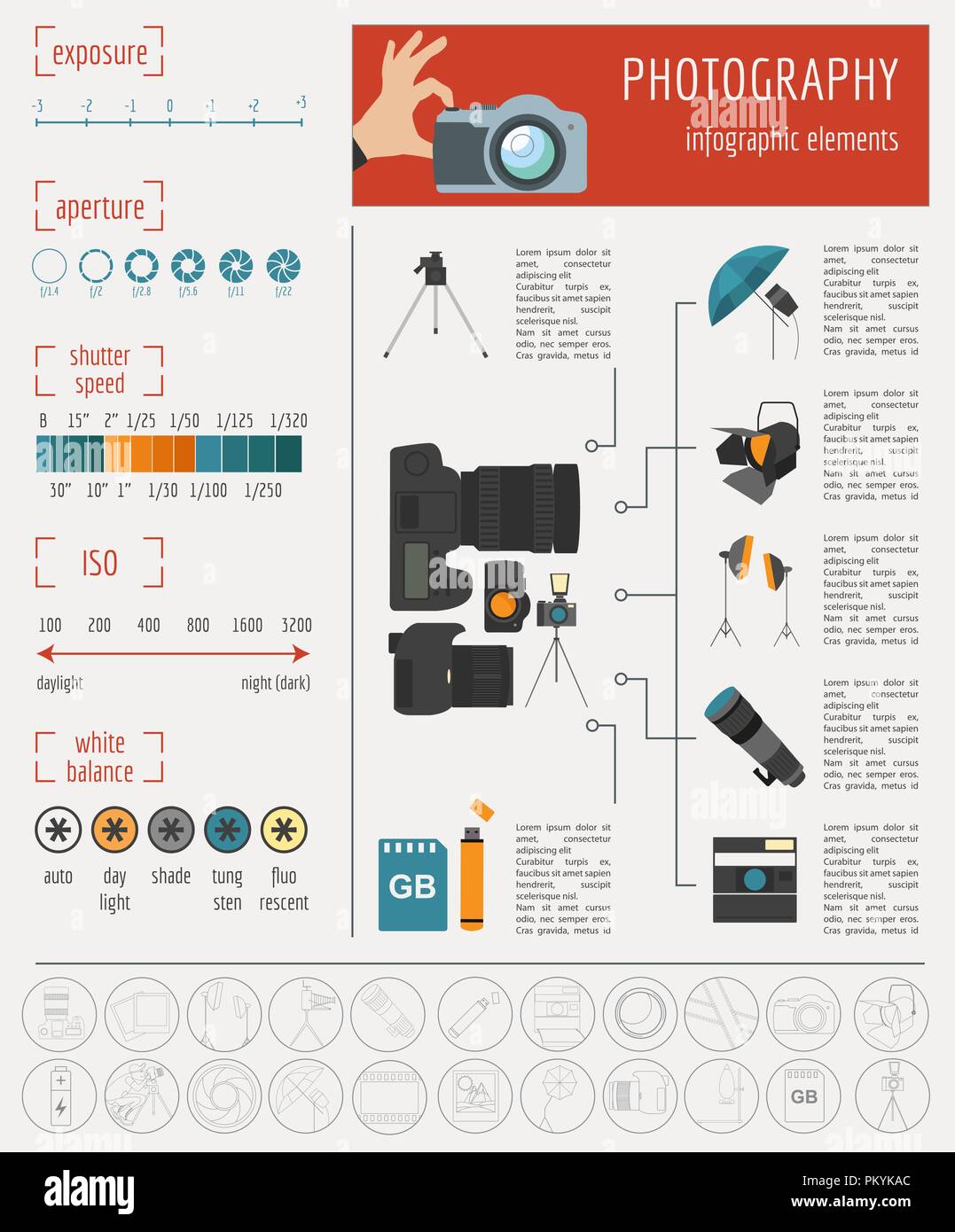What Every Photographer Ought To Find Out About Lights
What Every Photographer Ought To Find Out About Lights
Blog Article
Uploaded By-Gillespie Heath
As a professional photographer, you know that lighting can make or damage your pictures. Recognizing the nuances of both all-natural and fabricated light is essential for recording the state of mind and clarity you aim for in your work. Whether you're chasing the best golden hour radiance or adjust your fabricated arrangements, grasping these elements can raise your photography dramatically. But there are common pitfalls that lots of forget, and acknowledging them can transform your approach to every shoot. Allow's explore what you may be missing and how it can impact your outcomes.
Understanding All-natural Light
Comprehending natural light is essential for any photographer looking to improve their work. It's the foundation of excellent digital photography, affecting state of mind, tone, and clearness. When you fire outdoors, take notice of the moment of day. The golden hour-- shortly after dawn and prior to sundown-- provides soft, cozy light that can change normal scenes right into stunning pictures.
Don't take too lightly the power of cloudy days. Cloud cover diffuses sunlight, developing a soft, also light that's best for pictures and macro digital photography. You'll find colors pop in this type of lighting without extreme darkness.
Placing issues, too. Always consider your subject's orientation to the light source. If the sun's behind your subject, you might end up with a silhouette, which can be dramatic yet mightn't be what you desire. Alternatively, direct sunshine can develop unflattering shadows.
Try out angles; in some cases, changing your viewpoint can produce remarkable results. Usage natural reflectors, like water or sand, to bounce light onto your topic, including dimension.
Mastering Artificial Light
Mastering man-made light is essential for professional photographers who intend to take their abilities to the following level. Whether you're utilizing speedlights, workshop strobes, or constant lights, understanding how to manipulate these sources can substantially improve your photos.
Beginning by professional copyright photo with the fundamentals of light top quality, instructions, and color temperature level. Explore various modifiers like softboxes, umbrellas, or grids to control the soft qualities or harshness of the light.
You'll locate that soft light frequently develops lovely results, while harsher light can include drama and deepness. Do not avoid darkness; they can improve the three-dimensionality of your topics.
Pay attention to the positioning of your lights. A light positioned too close to your subject can produce unflattering outcomes, while also far can cause a lack of detail. Utilize https://squareblogs.net/kasie128jettie/discovering-the-world-via-the-lens-travel-photography-fundamentals or your camera's pie chart to ensure you're revealing appropriately.
Lastly, bear in mind that synthetic light can be mixed with ambient light for innovative impacts. Stabilizing these sources may take practice, but once you master it, your digital photography will genuinely beam.
Techniques for Different Scenarios
When you step into different shooting situations, adjusting your lights techniques is vital for recording the most effective images. For Photoshoot near me , utilize the golden hour-- morning or late afternoon light-- to soften darkness and enhance skin tones.
If it's a harsh lunchtime sunlight, consider utilizing a reflector to bounce light back onto your topic or look for shaded areas for a much more also exposure.
In low-light scenarios, like interior events, increase your ISO and make use of a broad aperture to allow in even more light. A tripod can help eliminate cam shake, allowing for longer direct exposures without blurring.
If you're contending night, try out off-camera flash to create dynamic illumination and depth in your images.
For item digital photography, use diffused lighting to prevent severe reflections. Softboxes or light camping tents can help attain this result.
When photographing landscapes, think about the instructions of light and time of day, as it can dramatically change the state of mind of your shot.
Constantly be ready to readjust your setups and positioning based on the circumstance, as adaptability is crucial to mastering lights in digital photography.
Final thought
Finally, grasping lighting is vital to boosting your digital photography skills. Accept natural light's elegance throughout gold hour, and don't shy away from experimenting with synthetic light strategies. By adapting your approach to various circumstances, you'll capture magnificent photos that reverberate with emotion and quality. Remember, the ideal lighting can transform a regular shot into something amazing, so maintain practicing and improving your understanding of both natural and man-made light. Pleased capturing!
